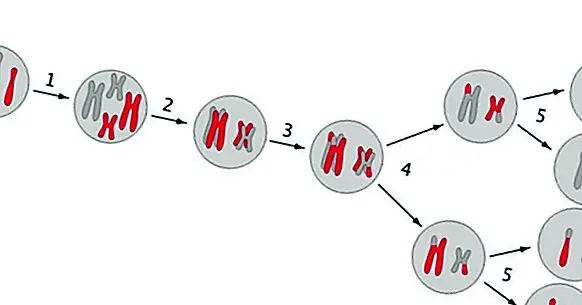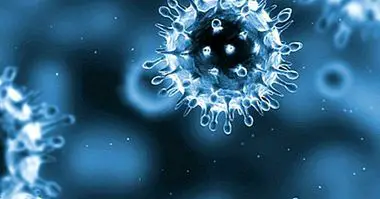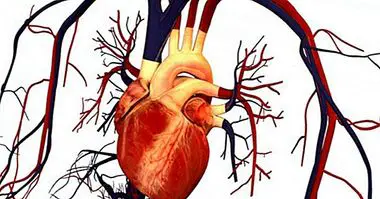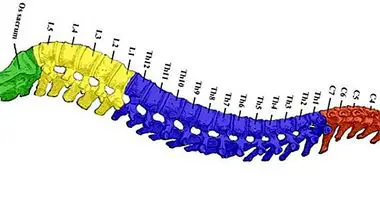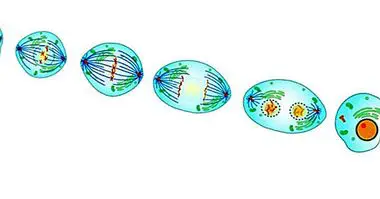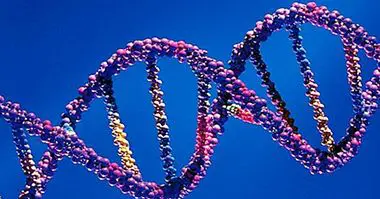The 8 phases of meiosis and how the process develops
Something wonderful about life is how a single cell can give rise to an entire organism . I am talking about the birth of a new living being through sexual reproduction. This is possible by the union of two specialized cells, called gametes (eg ovule), in fertilization. The surprising thing is that it allows to transmit information of both parents, so the new cell has a different genetic material. To achieve this, a different system of proliferation at mitosis is necessary, to remember that the result was identical cells. For this case, the method used is meiosis.
In this article we will see what are the phases of meiosis and what does this process consist of?
- Related article: "Differences between mitosis and meiosis"
Forming haploid cells
In the case of humans, the cells are diploid, which means that they each have two copies per different chromosome. It is easy; humans have 23 different chromosomes, but being diploid, we actually have 46 (one more copy for each). During the phases of meiosis what is achieved are haploid cells , that is, they only have one chromosome per type (23 in total).
As happens in mitosis, the interface is present to prepare the cell for its imminent cell division , increasing its size, replicating the genetic content and making the necessary tools. This is the only similarity of the two processes, since everything changes from here.
- Related article: "The 4 phases of mitosis: this way the cell is duplicated"
Two consecutive divisions: phases of meiosis
Meiosis presents the same four phases as mitosis: prophase, metaphase, anaphase and telophase; but they do not happen in the same way. In addition, meiosis performs two cell divisions in a row, which explains why its result is four haploid cells . For this reason we speak of meiosis I and meiosis II, according to what partition is spoken of; and in fact they are 8 phases of meiosis, 4 for each division.
Before continuing, you have to understand two key concepts. The first is that of homologous chromosomes , and refers to the pair of chromosomes per hole. The second is sister chromatids, which consists of the duplication that has been made of a chromosome during the interphase.
Meiosis I
During prophase I, the homologous chromosomes are very close, which allows "parts" to be exchanged between them, as if they were changing chromosomes. This mechanism it serves to generate more genetic diversity in offspring . Meanwhile, the nucleus is degraded and the transport path of the chromosomes is generated: the mitotic spindle.
Metaphase I occurs when the chromosomes are attached to the mitotic spindle. Next, it enters anaphase I, which is when they are transported to opposite poles. But this time, what separates are the homologous chromosomes and not the sister chromatids, which happens in mitosis. Once separated, begins a rapid telophase I , where only cytokinesis occurs, that is, separation into two cells. Without time to time, these new cells enter a second cell division.
Meiosis II
At this time of the phases of meiosis we have two diploid cells, but the pairs of chromosomes are the replicas (except for the parts exchanged during prophase I) and not the original pair, since what has been separated are the homologous chromosomes .
As it is a new cell division, the cycle is the same with some difference, and this phase is more like what happens in a mitosis. During the prophase II the mitotic spindle is reformed so that in metaphase II it joins the chromosomes through its center and, now, during anaphase II, the sister chromatids are separated towards opposite poles. During telophase II, the nucleus is formed to contain the genetic content and separation of the two cells occurs.
The final result is four haploid cells, since each one has only one copy per chromosome. In the case of humans, by this mechanism the sperm or the egg are generated , depending on the genus, and these cells contain 23 chromosomes, unlike the 46 chromosomes of the rest of the cells (23x2).
Sexual reproduction
The objective that has been reached throughout the phases of meiosis is that of generate haploid cells, called gametes, that can cause a new organism . This is the foundation of sexual reproduction, the ability of two individuals of the same species to have offspring matching their genetic content.
This is why it is logical that these cells are haploid, so that at the time of fertilization, which is the union of the two types of gametes (in the human case of the sperm and the ovum), a new diploid cell is generated whose genetic material is formed by the pairing of the chromosomes from each gamete.

